For serious tea enthusiasts, nothing compares to experiencing the world’s finest teas
at their source, where centuries-old traditions meet modern cultivation methods.
These regions not only produce exceptional teas but offer immersive experiences
where visitors can learn about processing methods, meet tea masters, and
participate in traditional ceremonies.
Uji, Japan
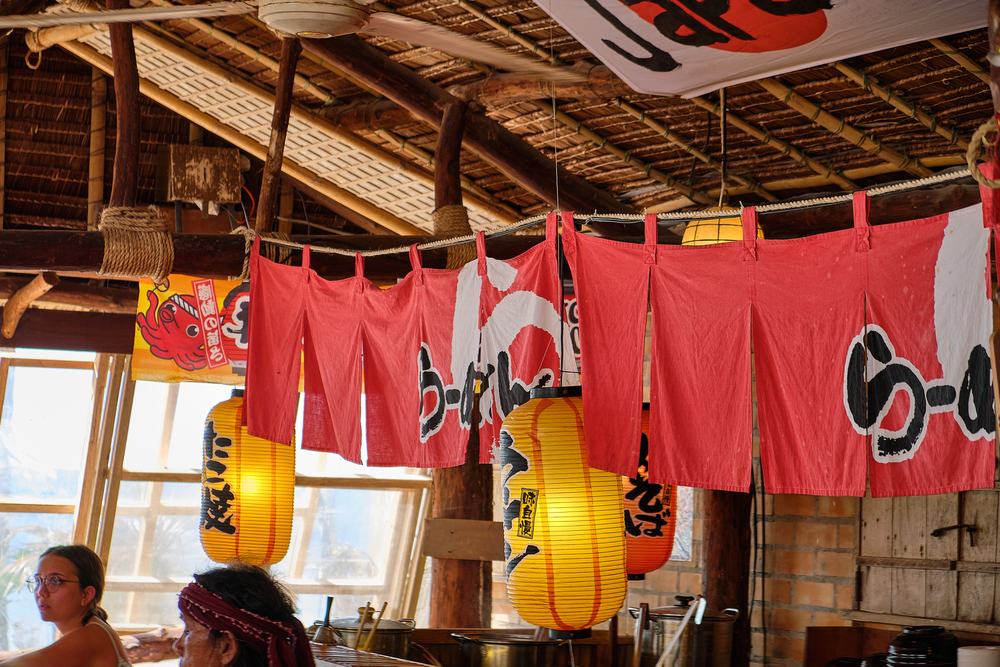
Known as ‘Japan’s matcha capital,’ this historic city near Kyoto maintains centuries-
old tea traditions through its numerous tea houses and processing facilities.
Traditional tea ceremonies are performed daily in historic temples, while local shops
offer matcha-making workshops using stone grinders.
The annual tea festival in October celebrates the new harvest with special tastings and demonstrations.
Munnar, India
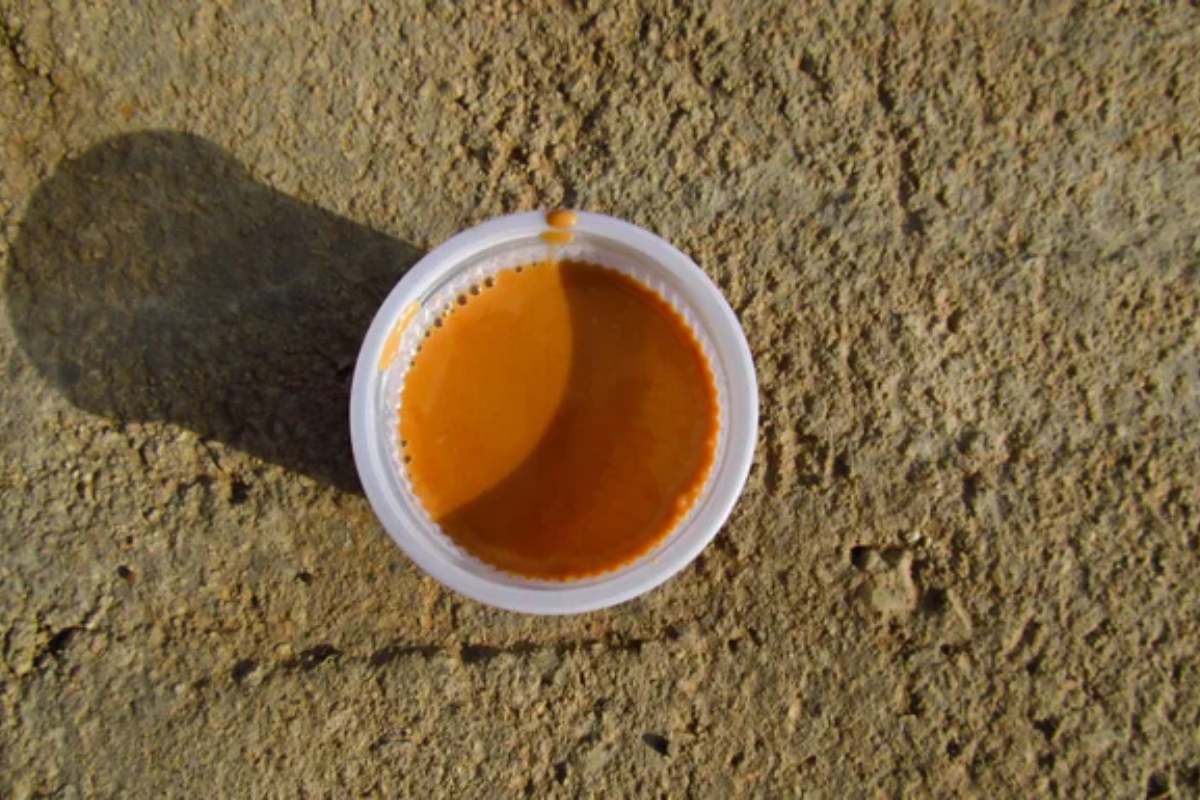
This hill station in Kerala features endless emerald tea plantations stretching across
rolling mountains at 6,000 feet elevation. Visitors can stay in converted colonial
bungalows on working tea estates while learning about cultivation and processing
methods.
Early morning estate tours offer opportunities to watch tea plucking before the midday heat arrives.
Like Travel Pug’s content? Follow us on MSN.
Hangzhou, China

Home to the famous Dragon Well (Longjing) tea, this city surrounds West Lake,
where tea cultivation traditions date back over 1,200 years. Local tea masters
demonstrate traditional pan-firing techniques used to create the distinctive flat-leaf
shape of Longjing tea.
The National Tea Museum offers comprehensive exhibits about Chinese tea history and culture.
Nuwara Eliya, Sri Lanka
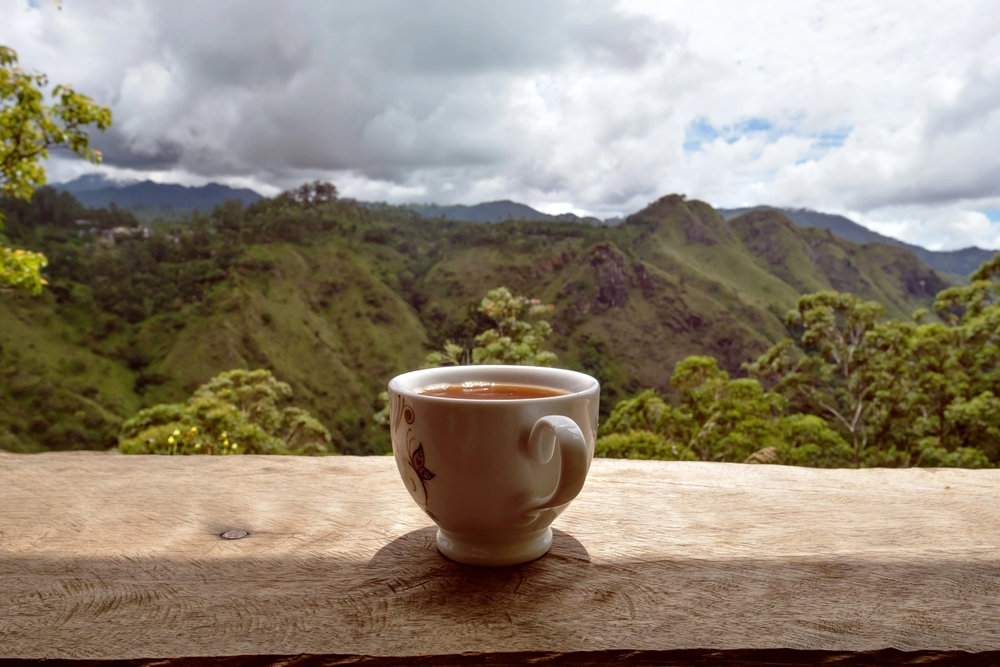
Known as ‘Little England’ for its colonial architecture, this highland region produces
some of Ceylon’s finest high-grown teas. Estate tours show the complete tea-making
process, from plucking to final grading and tasting.
The Pedro Tea Estate offers hands-on experiences where visitors can try their hand at tea plucking and processing.
Taiwan’s Alishan Region
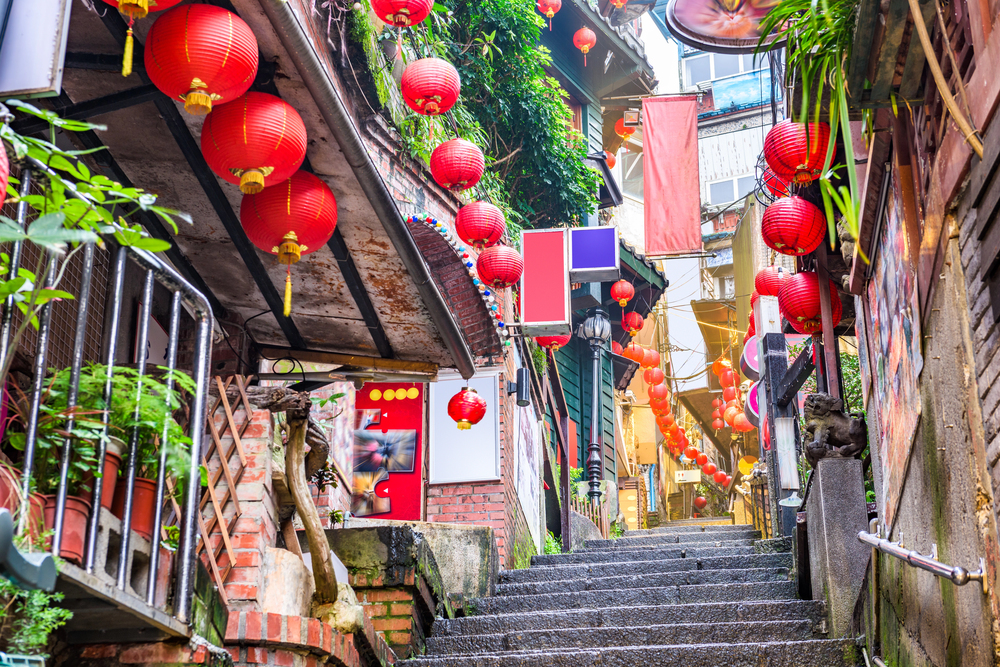
This mountainous area produces exceptional oolong teas at elevations above 3,280
feet, where morning mist creates perfect growing conditions. Small family-owned tea
farms offer intimate tours showing traditional processing methods passed down
through generations.
Tea tasting sessions feature multiple infusions highlighting how flavors develop across steepings.
Like Travel Pug’s content? Follow us on MSN.
Darjeeling, India

The ‘Champagne of Teas’ grows on steep Himalayan slopes where unique climate
conditions create distinctive muscatel flavors. Historic tea estates welcome visitors
for tours and tastings, with some offering overnight stays in colonial bungalows.
The spring’s first flush season provides opportunities to taste and purchase these prized teas directly from producers.
Wuyishan, China

This UNESCO World Heritage site produces legendary rock oolongs in a dramatic
landscape of limestone cliffs and misty valleys. Traditional processing
demonstrations show the complex steps required to create these highly prized teas.
Morning hikes through tea gardens offer views of pickers working on precipitous
slopes.
Cameron Highlands, Malaysia
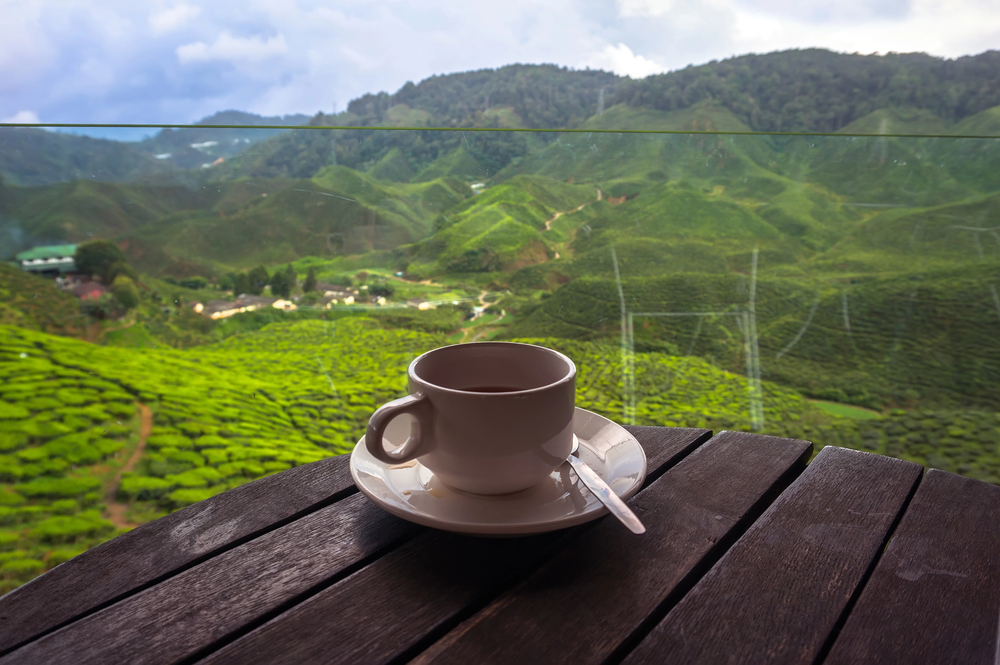
This colonial-era hill station features meticulously maintained tea gardens producing
distinctive Malaysian black teas. The BOH Tea Plantation offers factory tours
showing modern processing methods while maintaining historic equipment displays.
Afternoon tea at colonial mansions provides traditional English tea service with local
Malaysian influences.
Like Travel Pug’s content? Follow us on MSN.
Shizuoka, Japan
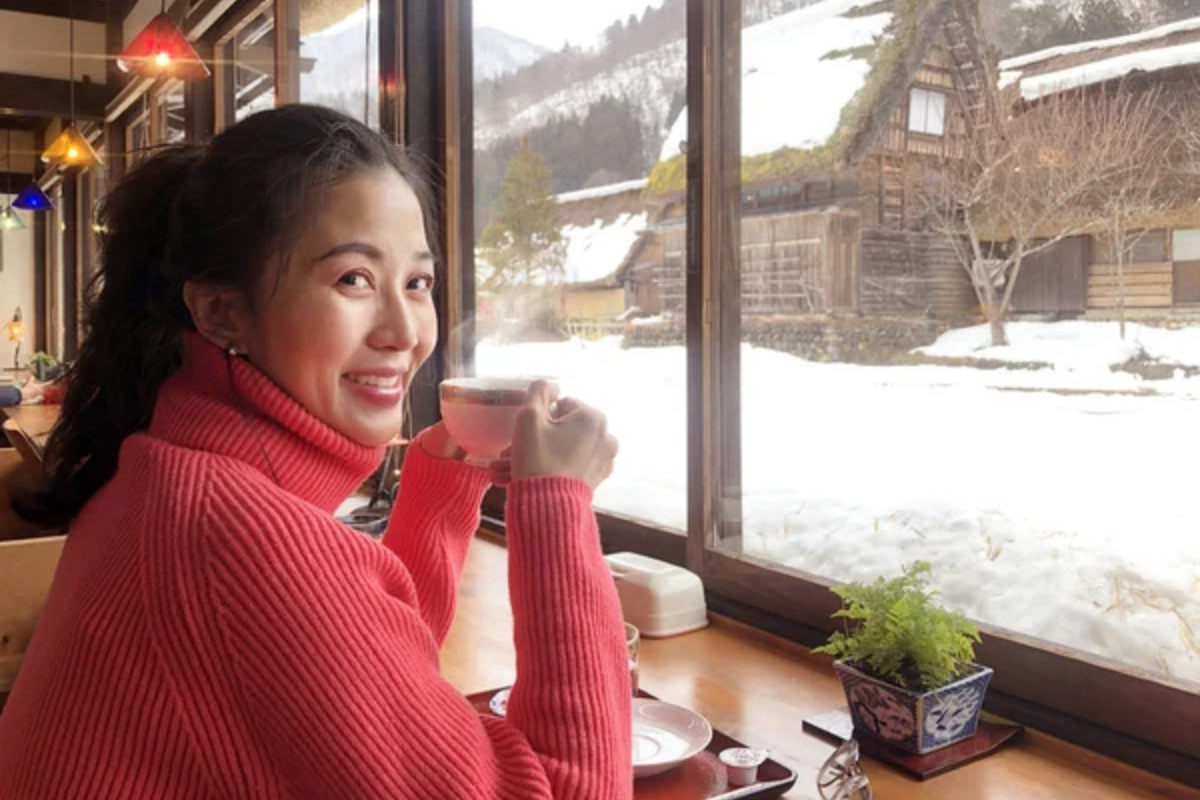
Japan’s largest tea-producing region offers views of Mount Fuji rising above vast
green tea fields. Local producers demonstrate the steaming process unique to
Japanese green tea production.
The annual World Tea Festival in May features rare teas and traditional processing demonstrations.
Yi Wu, China
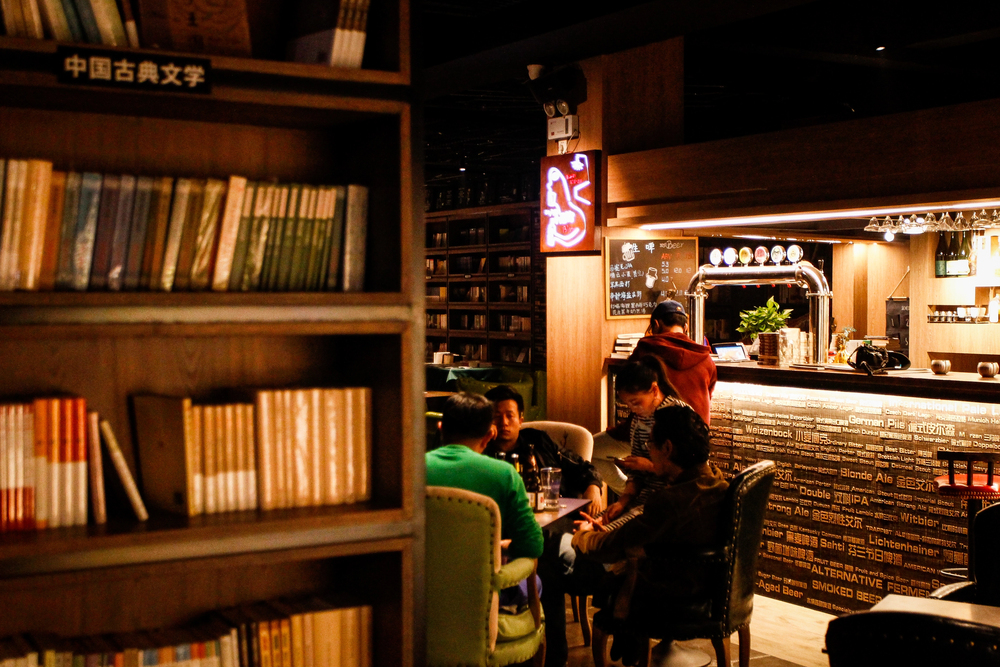
This historic center of pu’erh tea production in Yunnan province features ancient tea
trees growing semi-wild on misty mountainsides. Traditional processing workshops
show how raw pu’erh is created and aged to develop complex flavors.
Local markets offer opportunities to purchase aged teas directly from producers and collectors.
Assam Valley, India
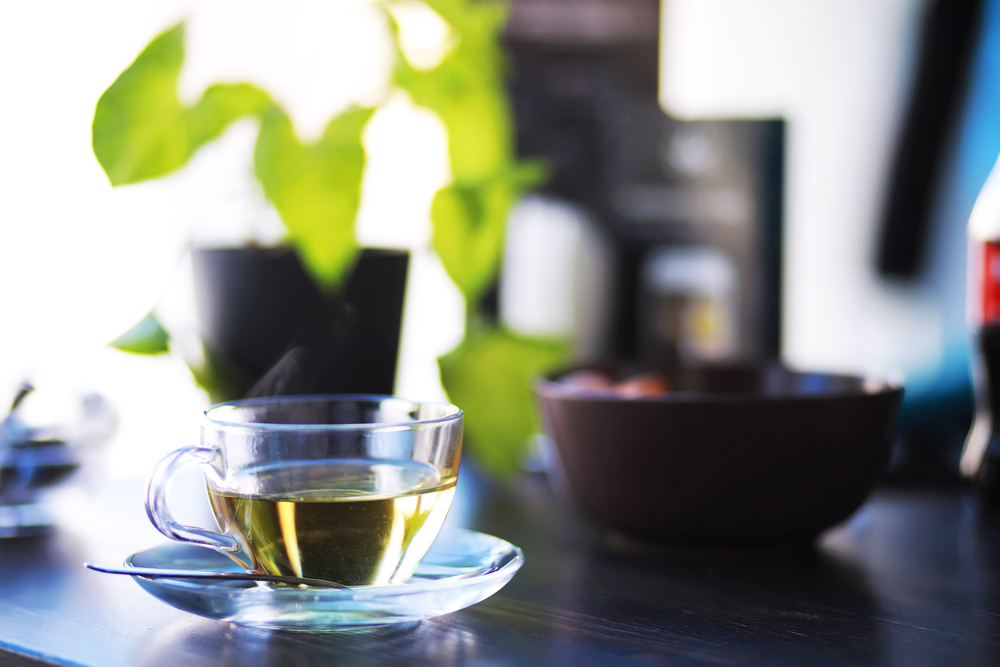
The world’s largest tea-growing region produces full-bodied black teas in a dramatic
landscape of flood plains and ancient forests. Historic tea estates maintain colonial-
era facilities while implementing modern sustainable practices.
River cruises offer unique perspectives of vast tea gardens along the Brahmaputra River
Like Travel Pug’s content? Follow us on MSN..
Korean Tea Fields of Boseong
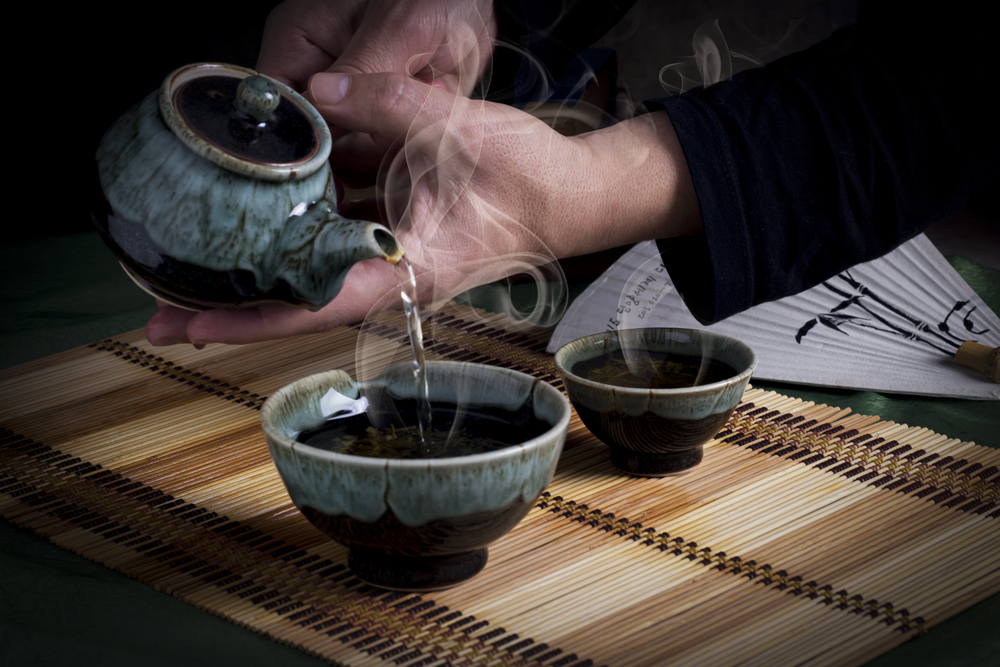
Terraced green tea fields create dramatic patterns across hillsides in South Korea’s
primary tea-growing region. Traditional tea ceremonies demonstrate Korean tea
culture’s unique aspects and serving methods.
The annual Green Tea Festival in May celebrates new harvest teas with cultural performances and tasting events.
Nepal’s Ilam District
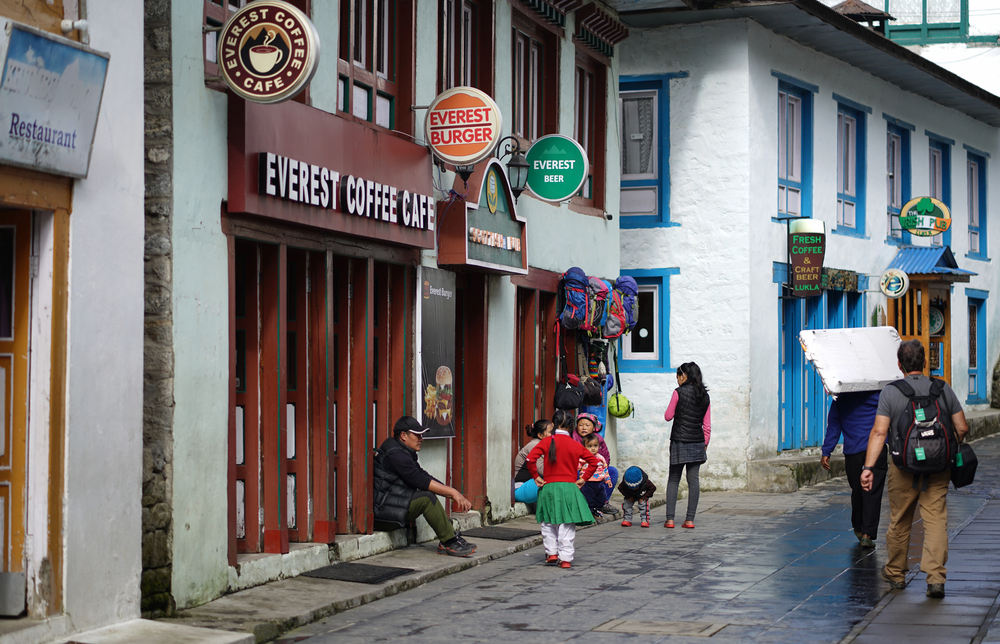
This eastern region produces distinctive high-altitude teas with characteristics similar
to those of neighboring Darjeeling. Small-scale farmers welcome visitors to
participate in traditional processing methods passed down through generations.
Clear days offer views of Mount Kangchenjunga rising above the tea gardens.
Fujian’s Anxi County

The birthplace of Tieguanyin oolong tea features small family gardens producing this
famous partially oxidized tea. Traditional processing demonstrations show the labor-
intensive steps required to create this prized oolong.
Local tea markets offer opportunities to compare different grades and processing styles.
Like Travel Pug’s content? Follow us on MSN.
Vietnam’s Thai Nguyen Province
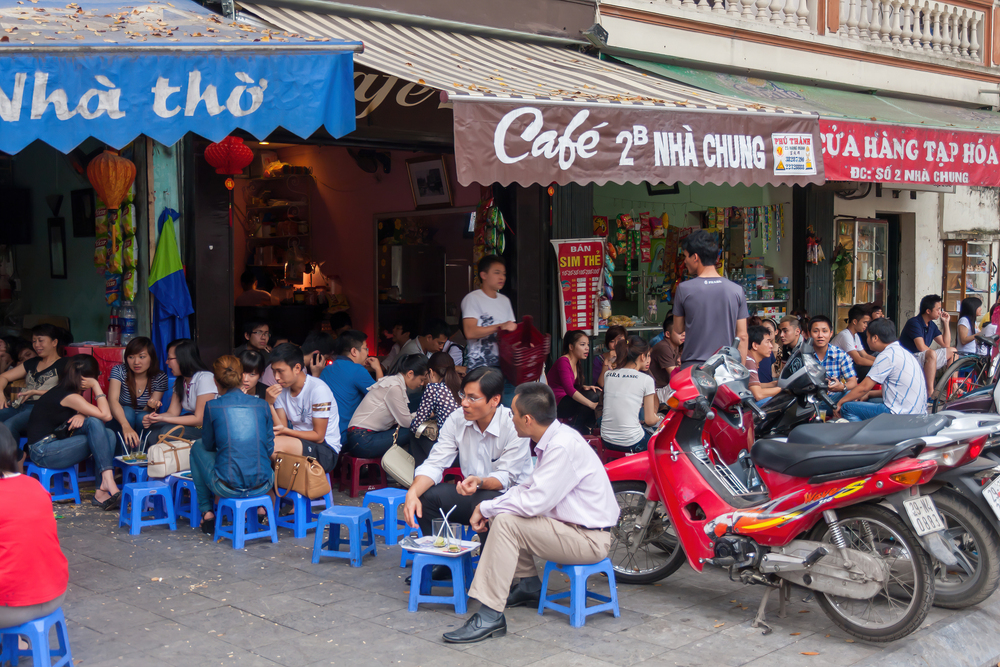
Vietnam’s premier tea region produces distinctive green teas with a sweet, nutty
character. Local families demonstrate traditional hand-processing methods passed
down through generations.
Early morning market visits offer opportunities to taste and purchase fresh teas directly from producers.
Kenya’s Kericho Region

Vast tea estates stretch across highlands near the equator, producing some of
Africa’s finest black teas. Factory tours demonstrate modern CTC processing
methods while maintaining traditional hand plucking.
Viewpoints across the valleys offer perfect sunset photography over endless rows of tea bushes.
Georgia’s Caucasus Region
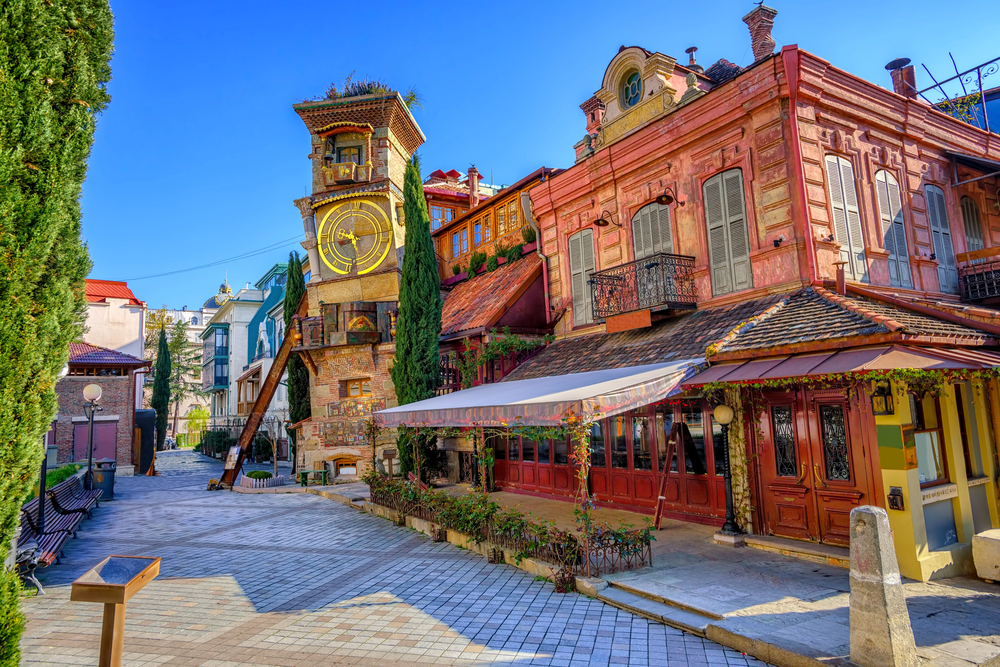
Historic tea gardens are being revived to produce distinctive black teas using
traditional methods. Local producers demonstrate small-batch processing techniques
passed down from Soviet-era production.
Wild tea trees in ancient forests show how tea cultivation began in this region.
Like Travel Pug’s content? Follow us on MSN.
Doi Mae Salong, Thailand
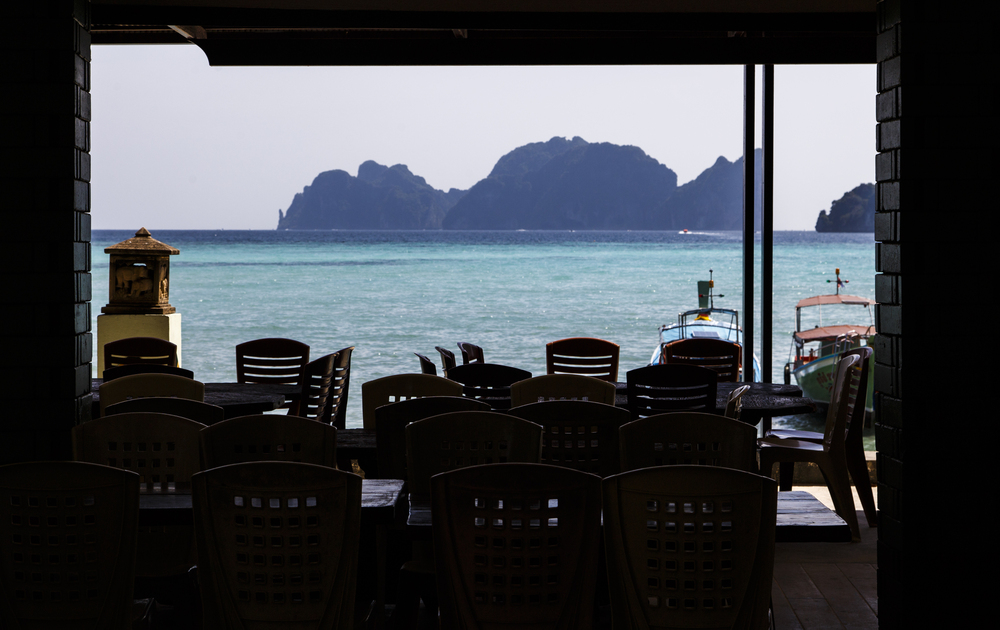
This mountain community produces distinctive oolong teas using techniques brought
by Chinese immigrants. Small tea gardens cling to steep hillsides where traditional
processing methods are still used.
Morning market visits offer opportunities to taste unique Thai-Chinese fusion tea preparations.
Java’s Pangalengan Region

Indonesia’s historic tea-growing region features colonial-era plantations producing
distinctive black teas. Traditional processing facilities maintain equipment from the
Dutch colonial period while implementing modern methods.
High-altitude gardens offer views across the island while learning about sustainable growing practices.
Malawi’s Thyolo District

Africa’s oldest tea-growing region produces distinctive black teas on estates dating to
the 1880s. Sustainable growing practices combine traditional methods with modern
fair trade principles.
Estate tours show how tea production supports local communities through education and healthcare initiatives.
Like Travel Pug’s content? Follow us on MSN.
Explore the World’s Tea Traditions

These tea regions offer more than just beautiful landscapes – they provide windows
into living traditions that have shaped local cultures for centuries. Whether you’re interested in production methods, tasting techniques, or cultural ceremonies, each destination offers unique perspectives on the world’s most popular
beverage.
More from Travel Pug

- 15 Dangerous European Cities to Avoid
- 15 Caribbean Islands Where Tourists Keep Getting Scammed
- The 20 Most Fascinating Abandoned Places: A Journey Through Time and Forgotten Spaces
- 15 Hidden Places in the Smithsonian Museums Locals Love: A Guide to Lesser-Known Treasures
- 16 Hidden Florida Beach Towns That Aren’t Overrun with Tourists
Like Travel Pug’s content? Follow us on MSN.
